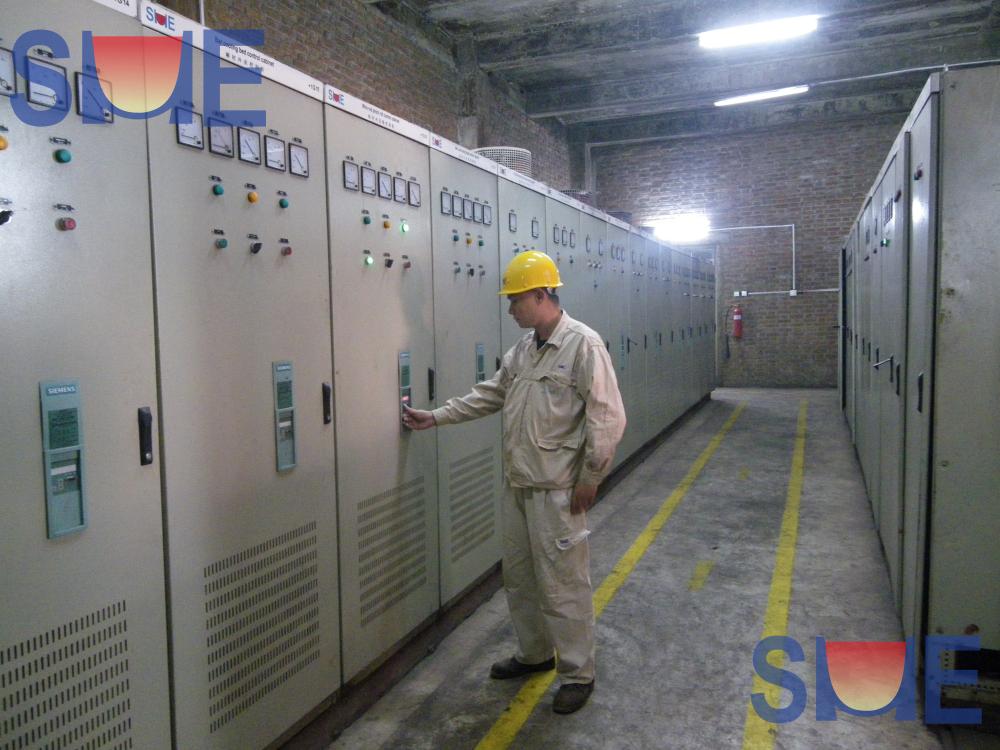In operation, continuous casting ladle will appear slag adhesion or tumor phenomenon, resulting in a reduction in the effective volume. As the slag is very hard, it tends to intermingle with cold steel, which makes ladle unpacking very difficult and increases the number of ladle unpacker damages and repairs. With the repeated use of ladle operation, some sticky slag will re-enter the molten steel, contaminating the steel. As the slag layer is often unevenly thick and different parts, can not accurately determine the residual thickness, serious accidents will occur when the steel leakage.
The analysis shows that the cold steel plays an anchoring role to the sticky slag layer, and the presence of cold steel makes the sticky slag containing high melting point phase more solid. The overall package is repeatedly used due to cracking, resulting in the infiltration of molten steel and slag, more often forming a castable-cold steel sandwich structure.
Material of the ladle wall commonly used high alumina brick, aluminum-magnesium carbon brick, not burned aluminum-magnesium brick and aluminum-magnesium castables (or corundum spinel castables, alumina spinel castables). The use of high-silica coating surface will form a high-viscosity glassy material, making it difficult for slag to adhere. Although Al2O3-MgO-C brick has the characteristics of good integrity and erosion resistance, but because it contains high thermal conductivity of graphite, ladle heat dissipation more, so that the steel temperature drops, but cause slag adhesion; carbon free spinel brick thermal conductivity is lower, ladle heat dissipation less, and good erosion resistance, so less slag adhesion.
